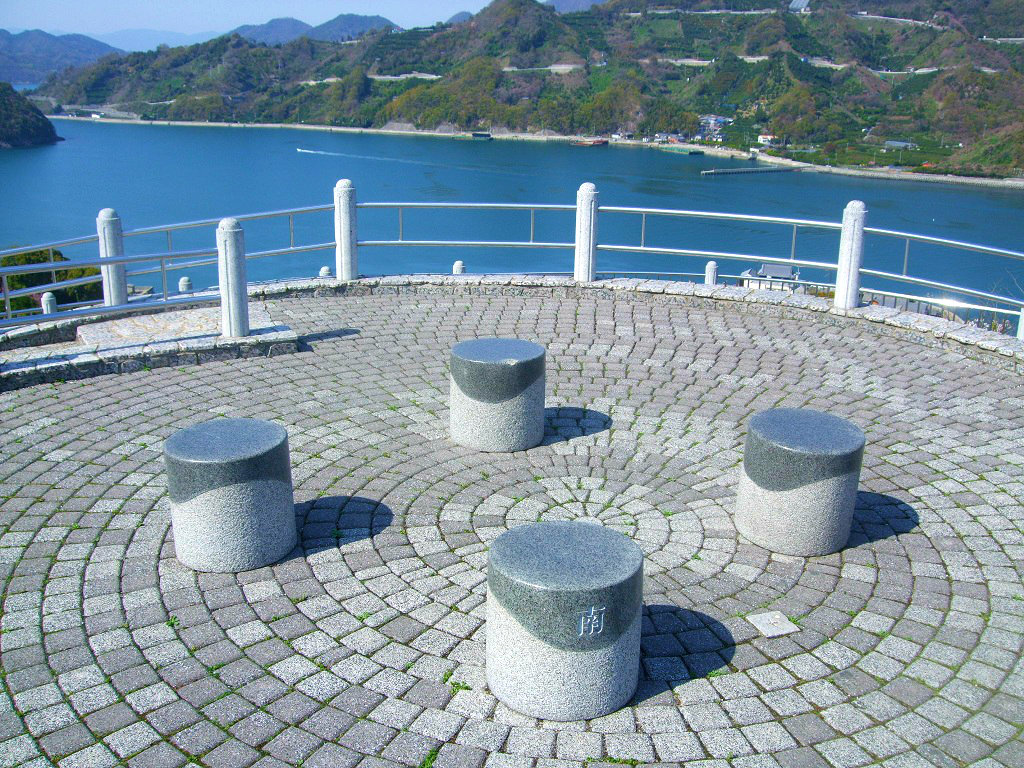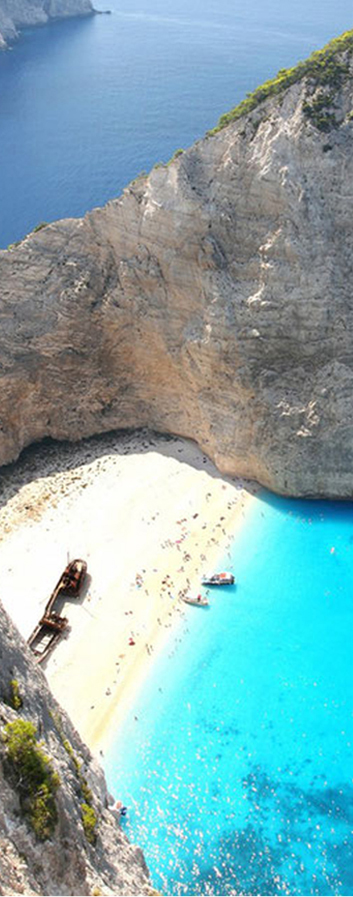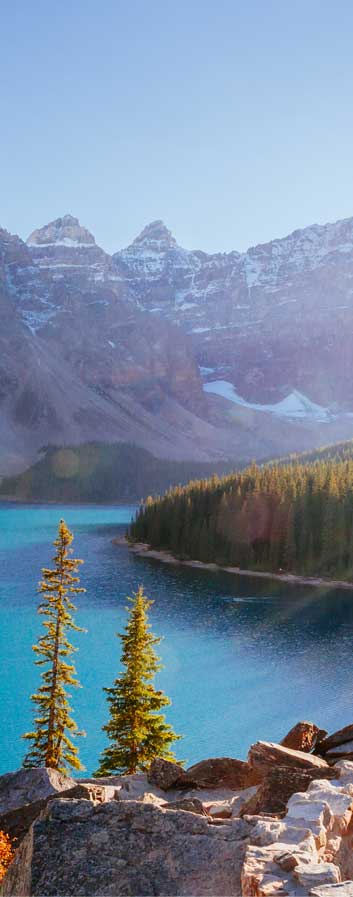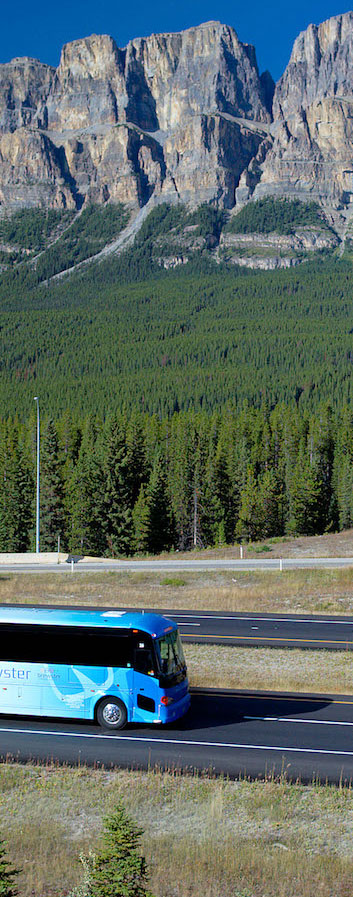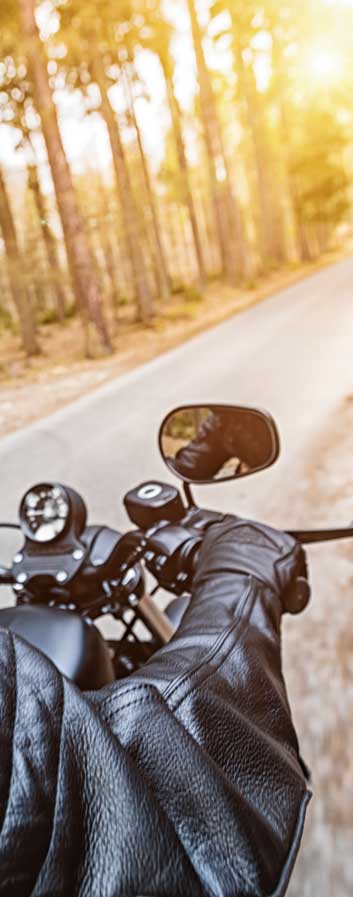Parks and Gardens
The oldest Japanese garden in Hiroshima-city is Shukkeien that was built in the Edo era, and you can feel all of seasons in this garden. Also there are nice parks out of city – the park “Rekishi-no-mieru-oka-koen” in Kure-city, which you can see the sea and the old historical towns from the height of the park, and the rose park of the center of Fukuyama-city, which 280 kinds of roses amuse visitors in May every year. Also there are many huge parks of flowers in the rural districts. Visitors can enjoy the sight of flowers in spring, and they can pick and eat the fruits as much as they like in autumn at some parks.
Shukkeien Garden was originally built in 1620 by Ueda Soko, a renowned master of the tea ceremony, as a villa garden for Asano Nagaakira, a feudal lord of Hiroshima. The garden's name literally means contracted scenic beauty, which is said to have been modeled after Xi Hu (West Lake) in Hangzhou, China. In 1940 (Showa 15), it was designated as a National Scenic Spot and famous for its beautiful plum trees and cherry blossoms.
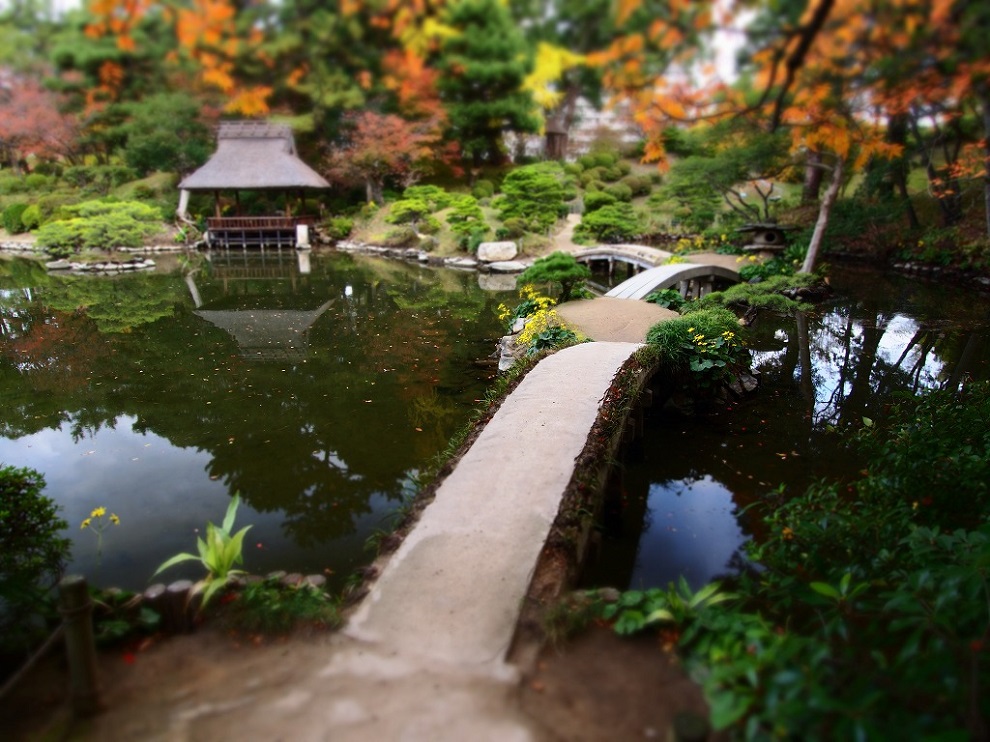
This is the 11th national park in Japan, and the first in the Chugoku region. The park has an Indoor Square with an information center, kiosks and a dining room; the Hiba no Sato with splendid views of the Chugoku Mountains and reproduced residences, farmhouses with thatched roofs, a kagura (shinto music) hall, craft centers and gardens; the 3 hectare Flower Square where approximately 70 kinds of flowers blossom between spring and autumn; the Forest Athletic Course with 39 different sets of equipment; a 4.6 km long Cycling Course; Disc Golf Course; the Tsudoi no Sato for playing golf and enjoying cherry blossoms; and the 8-hectare Great Lawn Square.
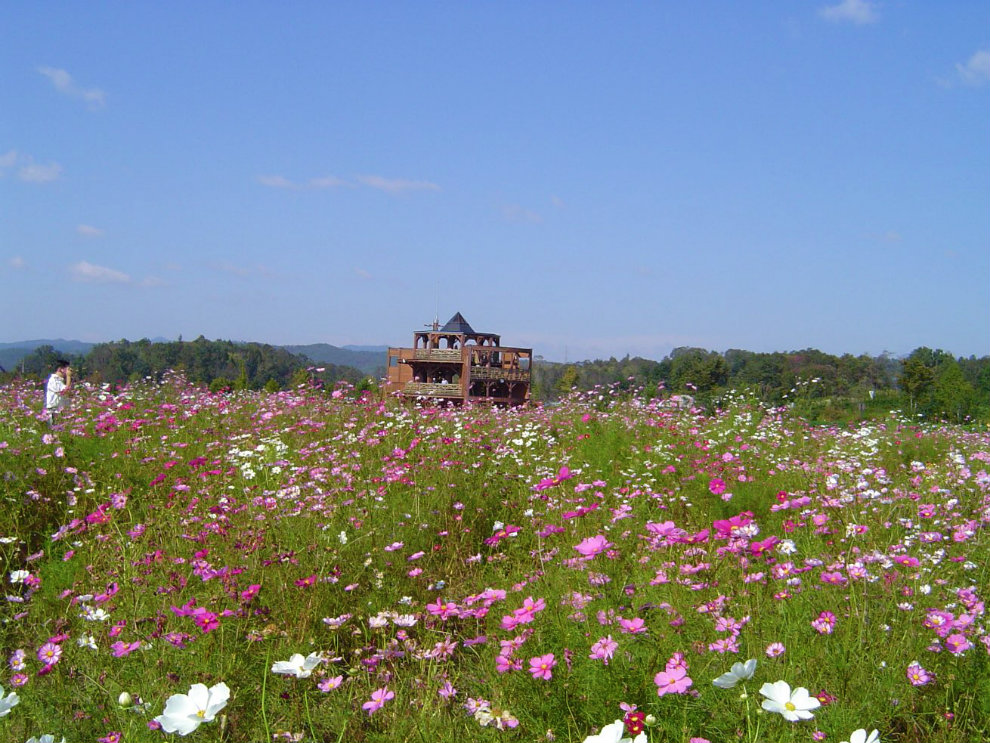
This is a 6 ha (60.000sq.m.) large traditional Japanese style garden called "Chisenkai-yushiki Teien". It was constructed to celebrate the opening of Hiroshima Airport. It was designed to look like mountains/canyons of Hiroshima, and the scenery of Seto Inland Sea, and is divided into three different zones; the mountain zone that takes advantage of its nature, the country zone, and the ocean zone. 95 kinds of Japanese Irises and roughly 10,000 flower plants fully bloom in June. The number of observers is increasing year after year. In autumn, a "Maple festival" is held at the place.
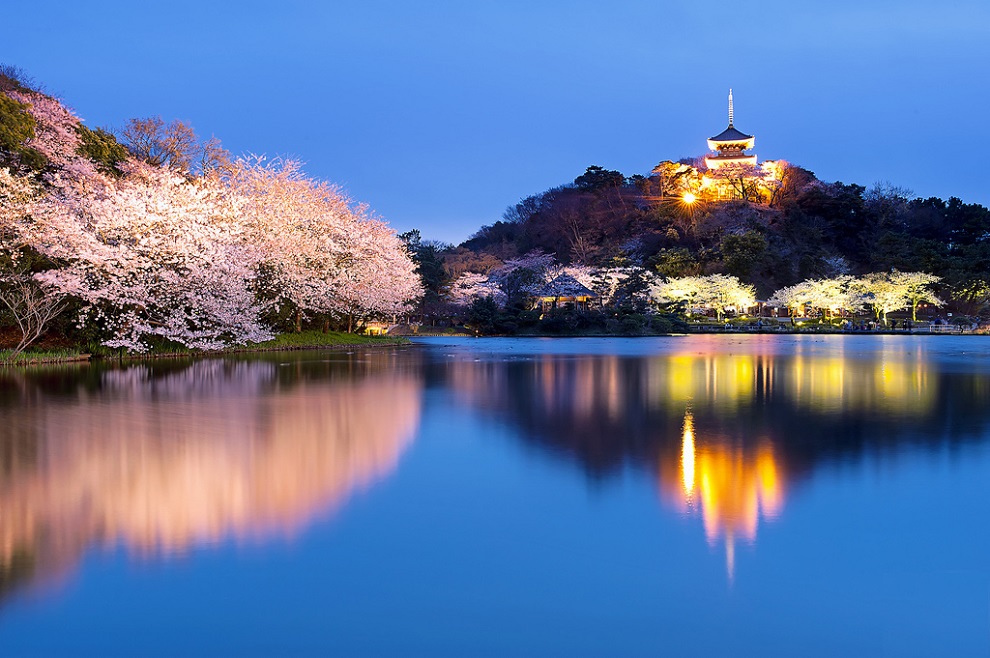
This natural park is equipped with various facilities over an area of 400 hectares at an elevation between 900 and 1,100 meters. Nature welcomes you during every season, and you can enjoy forest bathing, sports, field athletics and barbecues to their full extent. The park is conveniently located and popular among families and groups all year round. The park also has an motor camping site and a cycling course.
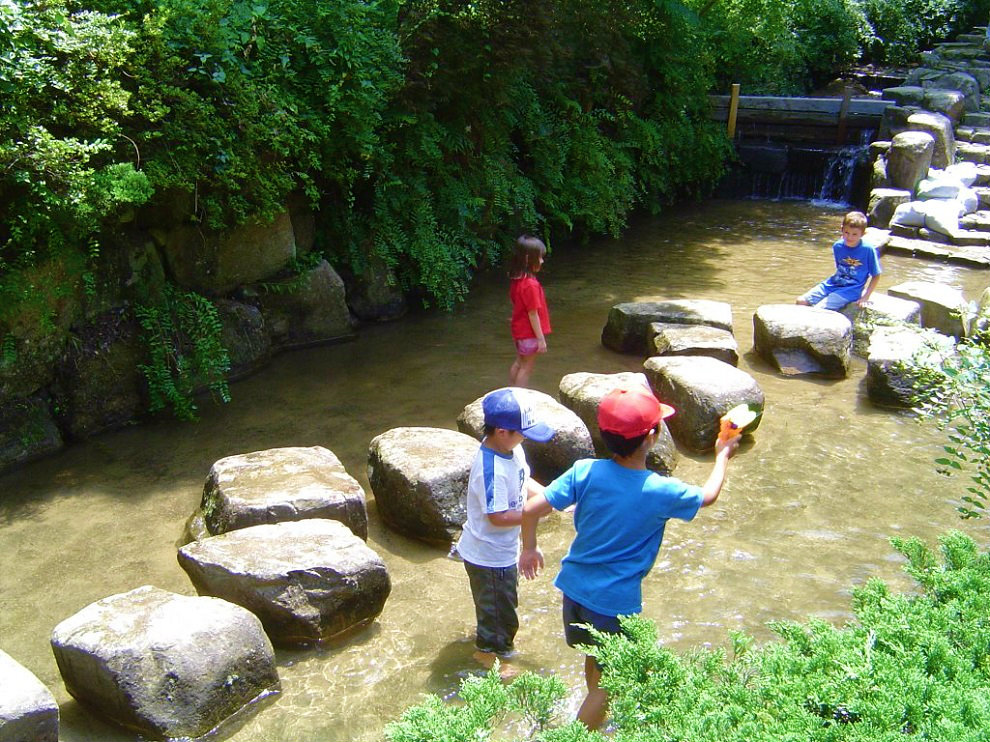
Designated as an important traditional constructions preserve district, the park was established on a hill above the district. Besides the scenery of Mitarai district, Kurushima-kaikyo, and Shikoku Mountain Range, you can also enjoy seeing some seasonal scenes from the sidewalk across the orange field.
